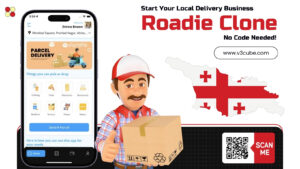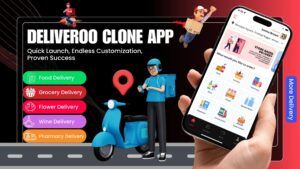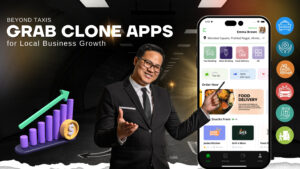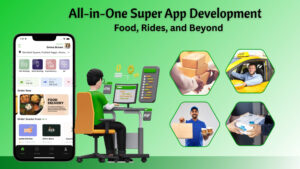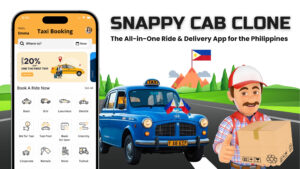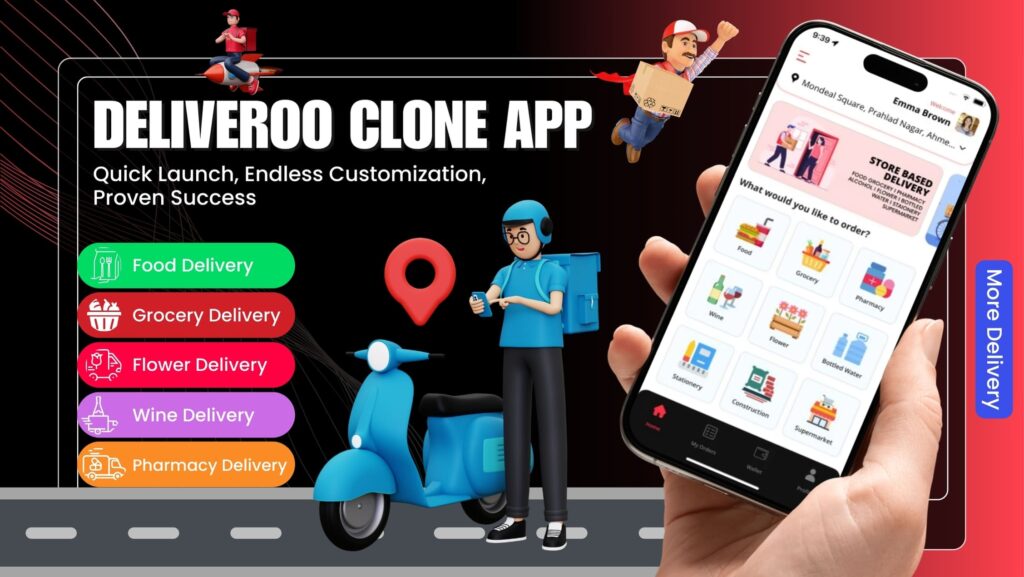
People love food apps. It’s the truth. One click and the food is at the door, hot and ready. But when someone wants to start their own food delivery business, the question is always the same: which app model is the best? Some people say Gojek, some point at UberEats, others think about making something from zero. But when you look close, Deliveroo Clone comes out with some strong points. The two big ones? Speed and Customisation.
This blog is not full of tech jargon. No, it’s simple talk. Just how you would explain to a friend. We’ll break it down step by step, with a few mistakes here and there because let’s be real, business is messy too.
Speed: Why it matters so much
In the food delivery world, time is everything. Not just delivery time, but also the time it takes for you, the business owner, to launch the app.
If you build a brand new app from scratch, it can take 8 months, 12 months, sometimes even more. By that time, the market may already have shifted. Customers get new habits fast. Competitors pop up fast too.
But a Deliveroo Clone is like a shortcut. Most of the coding, design, and backend is already prepared. You just need some changes to match your business. That means you can launch in weeks, not years.
A real example (not naming any country or city because this is global) — one small restaurant chain wanted to go digital. They thought of building their own app. After 4 months, they were still stuck at “design approval” stage. Then they switched to a Deliveroo Clone model. Within 20 days, they had a working app live. Customers could order, drivers could accept, and money was flowing.
That’s the power of speed.
Speed in Delivery Too
It’s not only about how fast you launch. Deliveroo Clone also helps with how fast food reaches the customer. The app has real time GPS, route optimisation, and smart order assignment. That means drivers don’t waste time roaming. Customers see the progress live.
Some clones or other apps still work on old logic: drivers are sent random orders, traffic is not considered, customer has no live updates. The result? Cold food. Angry reviews. Lost customers. Deliveroo Clone has fixed these issues because it is modelled on one of the fastest delivery brands out there.
Customisation: Making it yours
The second big advantage is customisation. If you take a plain app that looks like every other app, people notice. Customers don’t want “just another food app.” They want something that feels local, personal, and branded.
Deliveroo Clone gives you the bones of the app, but the skin can be yours. Colours, logo, features, payment methods, languages — all can be changed. If in your country people prefer to pay with digital wallet instead of card, that can be added. If your brand identity is green and white, not blue, no problem.
There’s also flexibility in features. Maybe you want a simple app with only restaurant listings and order tracking. Or maybe you want to add grocery delivery, pharmacy delivery, even pet food. The clone lets you expand. Some entrepreneurs start small (only food), then slowly add new categories when they are ready.
The Mistakes People Make
Here is where many entrepreneurs trip. They think: “clone” means cheap copy. Wrong. A clone is a ready made framework that you own and control.
Some also think they don’t need to customise at all. They just launch the default version. And then wonder why customers don’t stay. A generic app doesn’t stand out. You must customise. You must make it look like YOUR business.
Another mistake: waiting too long to launch. They keep planning, keep waiting for the “perfect” time. But the perfect time is always now. With a Deliveroo Clone, you can test the market fast, learn from real users, then adjust.
Comparing With Others
Let’s compare Deliveroo Clone with a few other approaches.
- Building from scratch – Very slow, very costly. You need a whole team of developers, designers, testers. One bug can take weeks to fix. You may run out of budget before launch.
- Using other clones that are too rigid – Some clones don’t allow much customisation. They give you one design, one language, one payment option. That’s not useful if you want to go global.
- Deliveroo Clone – Ready to launch, fully customisable, flexible in services. You own the code, you own the brand.
Simple, clear.
Phases of Growth with Deliveroo Clone
Every food delivery start up usually goes through phases. With Deliveroo Clone, each phase is smoother.
- Launch Phase: App ready in weeks, not months. Marketing can start early.
- Adoption Phase: Customers test the app, drivers join, restaurants on board. You start getting real feedback.
- Expansion Phase: Add more restaurants, add more areas, maybe even new delivery categories.
- Maturity Phase: Your app is strong, you are competing with big players, and maybe even winning because your app is more localised.
Real World Customisation Examples
To make it very clear, let’s imagine:
- In one region, customers want cash on delivery. Deliveroo Clone can support it.
- In another place, digital payments are popular, so the app can integrate wallets or QR code payments.
- Some countries prefer lighter apps because internet speed is slow. You can build a light version of the clone.
- Some brands want loyalty rewards. That can be added too.
That’s what makes it powerful — it bends to your needs.
What About Cost?
Many people think customisation means high cost. But actually, it is less costly than building from zero. Because 70–80% of the work is already done. You just pay for the 20–30% changes. This is why Deliveroo Clone gives a good balance: fast, customisable, and affordable.
Conclusion
At the end of the day, speed and customisation are not “extra features.” They are survival tools in today’s food delivery world. If you are late, you lose. If you look like everyone else, you lose. Deliveroo Clone helps fix both problems.
It is not magic. You still need to work hard — market your app, get restaurants to join, build trust with customers, support your drivers. But with the right foundation, the climb is faster and smoother. So the simple truth? Deliveroo Clone beats others in speed and customisation. And for any new entrepreneur trying to enter food delivery, those two things can make the difference between success and failure.
